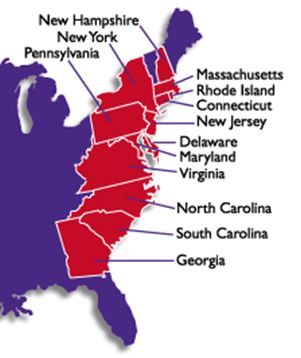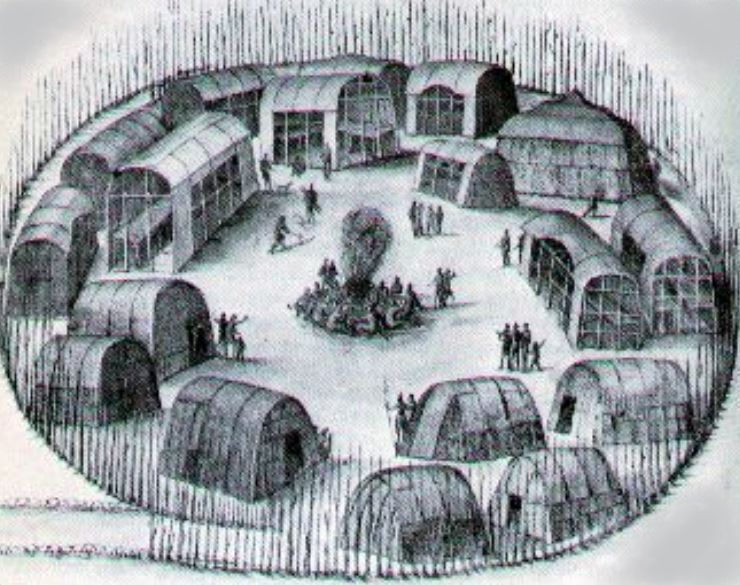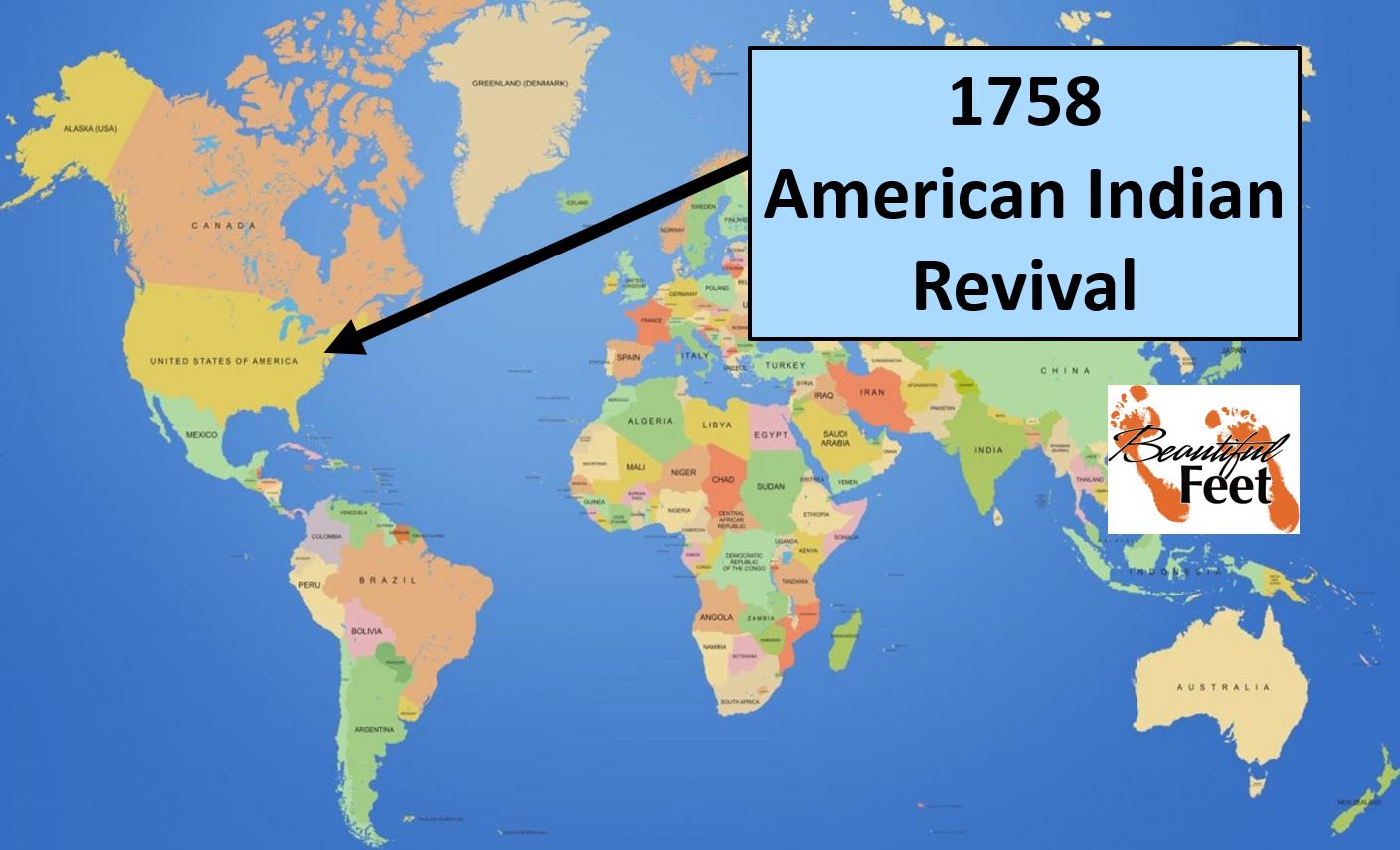
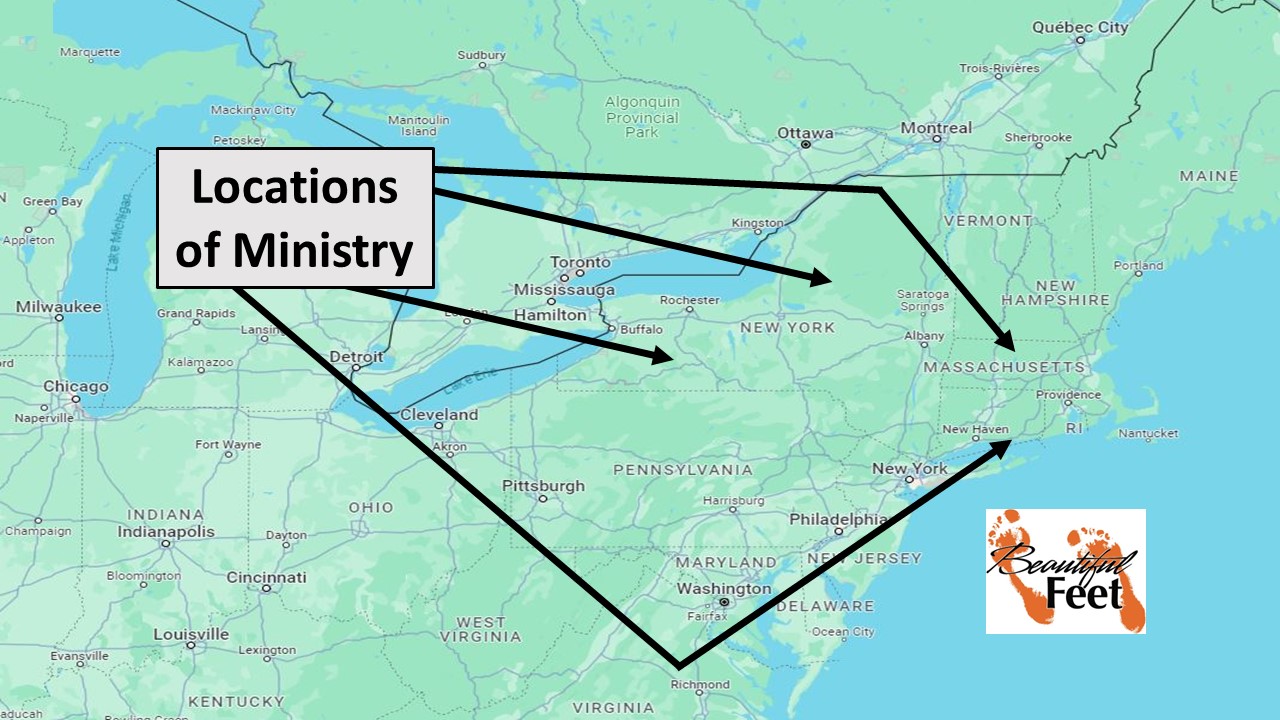
Background Information
This brief account provides a glimpse into missionary work among the American Indians. During the First Great Awakening (1730s-1740s) the renowned David Brainerd was conducting ministry among the Delaware Indians (Lenape). This account can be read here: 1745 Revival Among the Delaware Indians. Additionally, during the mid-1700s and later, ministry was intermittent among the native tribes due to frequent hostilities between white settlers and the indigenous people.
From a few letters written by ministers from the colonies of South Carolina and Massachusetts, we learn of significant challenges the early missionaries experienced in their ministry among native Americans.
Ministry among Cherokee Indians
In a letter dated May 6, 1760, Reverend Richardson of Waxhaw, South Carolina, reflected on October 1758, when ministry among the Cherokee had to be abandoned due to ongoing warfare between settlers and that indigenous people.
Richardson wrote that the destruction and devastation of the settlements at that time was so severe that:
It made our frontiers a waste and an Aceldma [field of blood].
Catawba Indian Village of South Carolina
Ministry among the Catawba Indians
In May 1759, Richardson attempted to establish a church among the Catawba people. However, ongoing conflicts with the white settlers and an outbreak of smallpox caused the Indians to retreat deep into the woods, beyond Richardson’s reach.
Within a few years, the areas settled by white immigrants became an overgrown wilderness, devoid of human life. Richardson shared his observations with these words:
The country above my congregation, once settled, is now a wilderness; some killed, others scalped, others drove from their habitations, others carried away captive, and some put to death in the most cruel manner. My house is not above five miles from the frontier inhabitants; almost every night we expect to be awakened with the Indian hollow, or the dying groans of some of the family.
Ministers along the frontiers are very scarce. I know but one besides myself along the frontiers of North and South Carolina, and Georgia; nor for an hundred miles down the country below them.
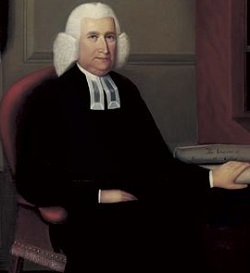
Eleazar Wheelock (1711-1779)
Ministry to Indians in New England
In a letter dated May 4, 1761, Reverend Eleazar Wheelock of Boston, Massachusetts, mentioned a growing movement among the Indians.
The hearts and minds of people are more open to the furtherance of the great design than ever they were. The work of God is gloriously revived in several parts of Connecticut.
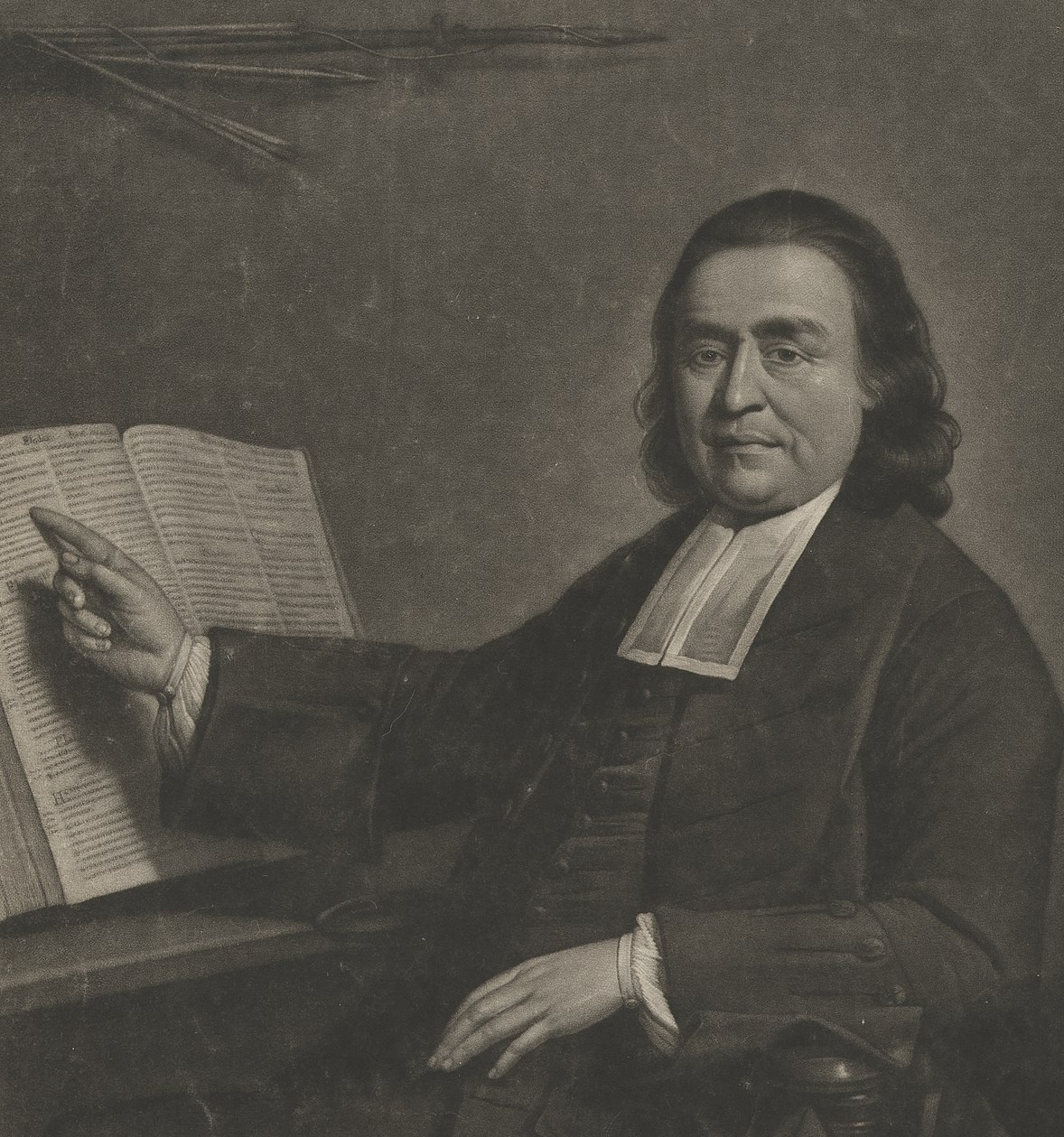
Samson Occom (1723-1792): a Mohegan Native American Presbyterian Minister
Native Americans Ordained as Presbyterian Ministers
Wheelock also was highly instrumental in the development of Samson Occom (1723-1792), a Mohegan Indian from New London, Connecticut. Occom became a Presbyterian minister and:
One of the foremost missionaries who cross-fertilized Native American communities with Christianized European culture.
Around the first part of April 1761, Wheelock had invited Occom to preach to his congregation:
Mr. Occam [sic], my black son [darker skin than Wheelock’s], preached in my pulpit five sabbaths ago to a full assembly, and to good acceptance. A rare sight indeed! He is going on a mission to the Oncadia Indians [Oneida people] as soon as he can get ready, supported by a number of gentlemen in New-York.
The door is wide open to send the Gospel to the most distant tribes. Nothing is wanting but missionaries, interpreters, and money.
The Request for Missionaries
Indians living a hundred miles into the distant, unsettled lands of New England had repeatedly requested Wheelock to send ministers to live among them.
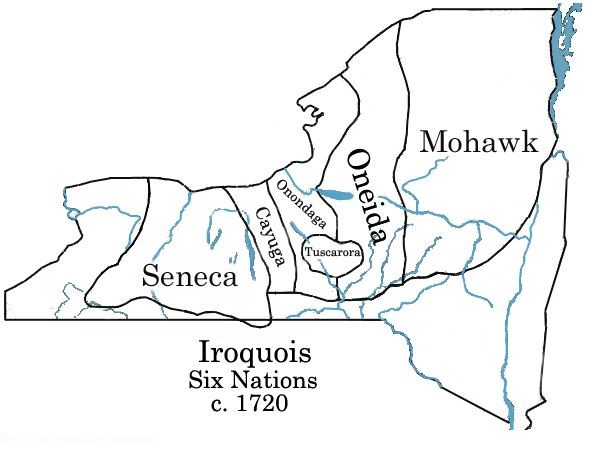
This map depicts the area that currently makes up the northern part of the State of New York. It is the area where Wheelock dispatched certain American Indian missionaries. The image illustrates the Six Nation Iroquois Confederacy of the mid-1700s. The Seneca and Oneida, highlighted on this map, are referenced in this account.
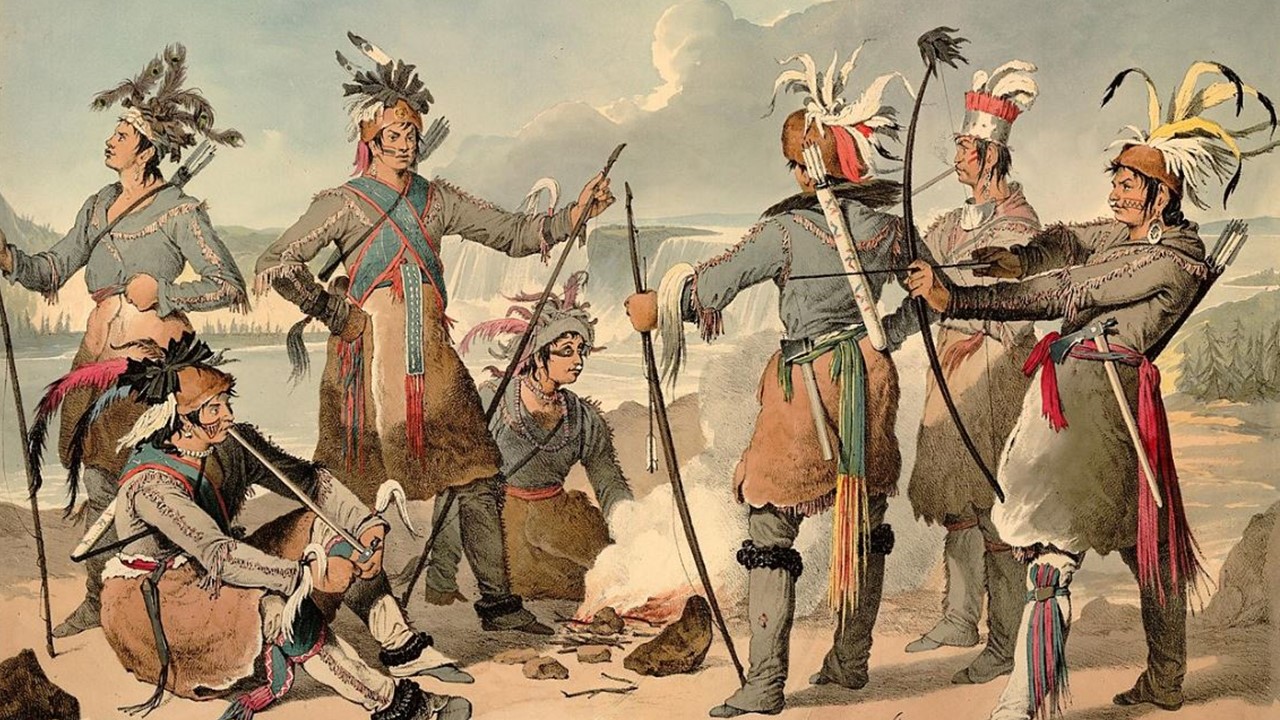
Seneca Warriors
Mission to the Seneca and other Tribes
Wheelock initiated a school for Native Americans with one purpose being the development of missionaries who would then be sent back to their own people.
David Fowler, one such Native American student, was dispatched on a mission to the Seneca people—a journey spanning 500 miles, all traveled by foot or horseback.
Sources
► Eleazar Wheelock by Wikipedia
► Letters from the Rev. Samuel Davies, and others by Samuel Davies
► Samson Occom by Wikipedia
Return to List of Revival Stories
Chet & Phyllis Swearingen:
Office: (260) 920-8248
romans1015@outlook.com
Beautiful Feet
P.O. Box 915
Auburn, IN 46706

